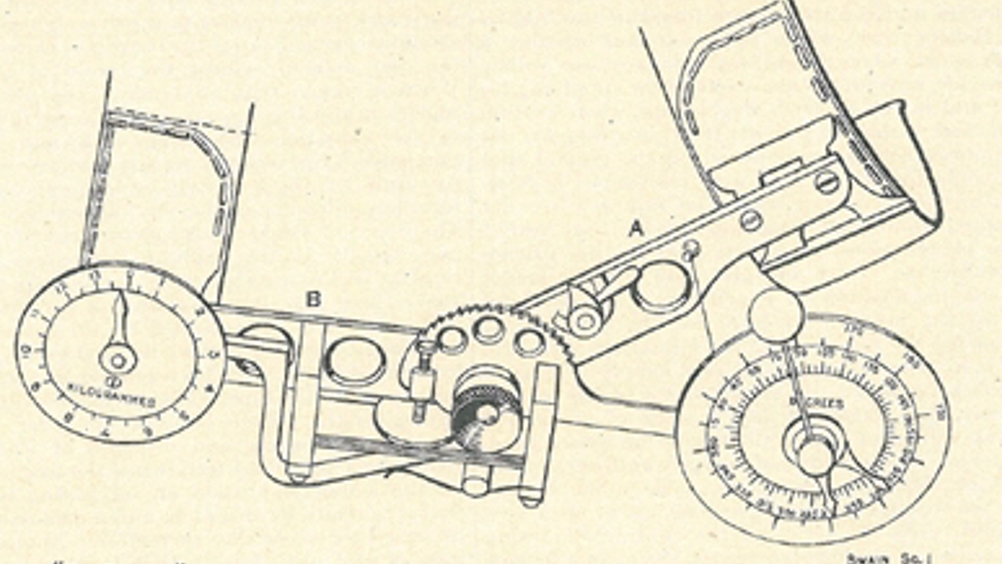This Week in 1916: The training of maimed soldiers

For service personnel the outcomes of warfare are straightforward: you survive relatively unscathed (although you might carry battle scars in your mind), you die, or you suffer horrific injury.
As we are seeing today in Afghanistan, the consequences of warfare are devastating for those who are maimed or have amputations, a theme taken up in a June 1916 edition of The Engineer, which reported on how one Frenchman was working on devices that would helped rehabilitate and restore limb functionality.
Jules Amar of the Research Laboratory in Paris of the Conservatoire des Arts et Metiers was active in the field of ergonomics and had spent a number of years studying the movements of workmen on the shop floor in order to improve output.
The First World War saw a large number of young men return home with amputated and maimed limbs but Monsieur Amar did not see this as an impediment to returning to some sort of gainful employment.
Register now to continue reading
Thanks for visiting The Engineer. You’ve now reached your monthly limit of premium content. Register for free to unlock unlimited access to all of our premium content, as well as the latest technology news, industry opinion and special reports.
Benefits of registering
-
In-depth insights and coverage of key emerging trends
-
Unrestricted access to special reports throughout the year
-
Daily technology news delivered straight to your inbox










Water Sector Talent Exodus Could Cripple The Sector
Maybe if things are essential for the running of a country and we want to pay a fair price we should be running these utilities on a not for profit...